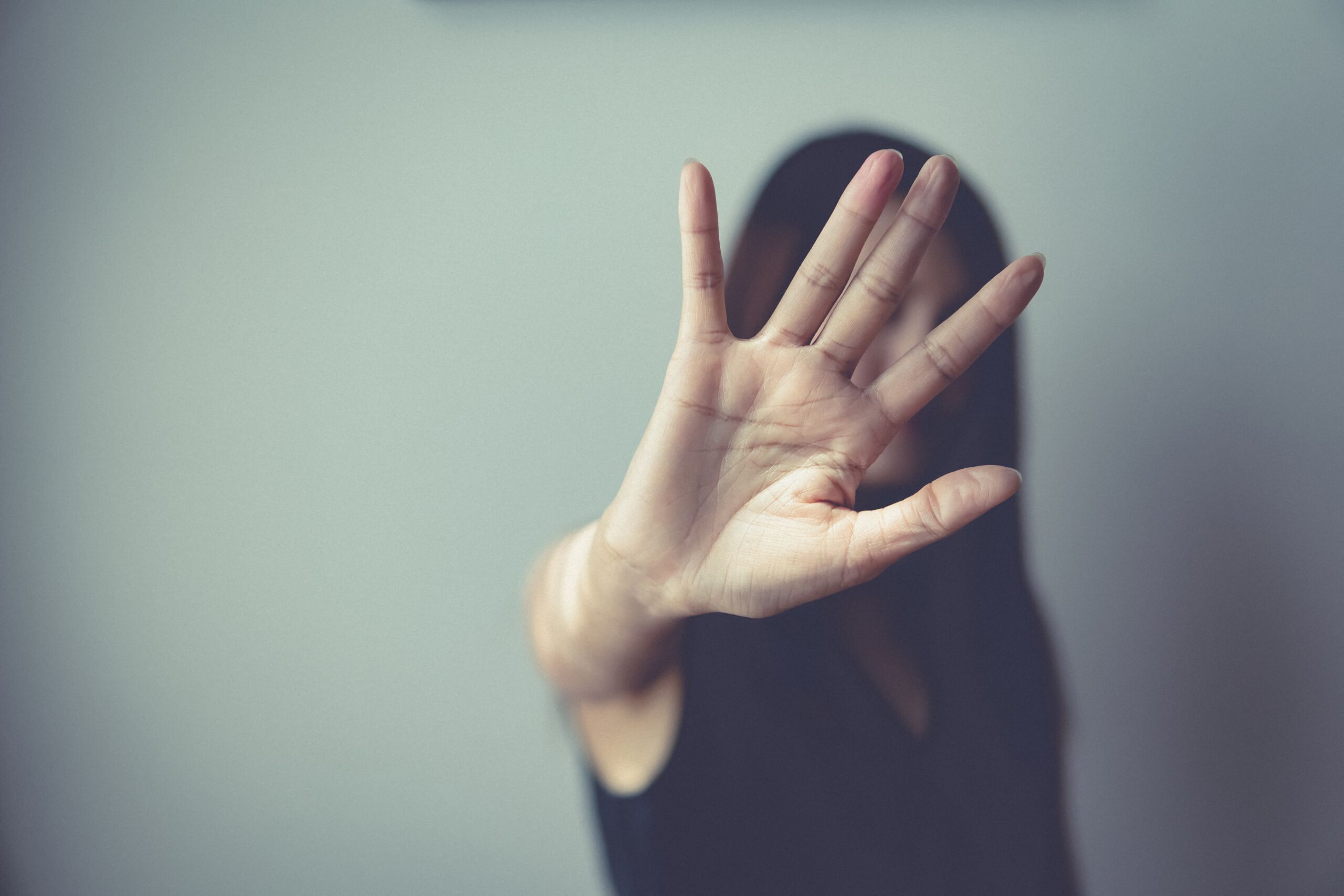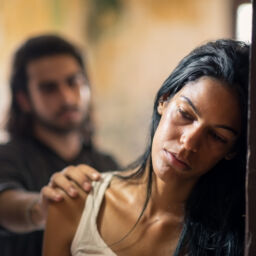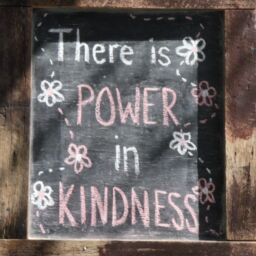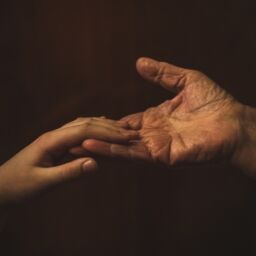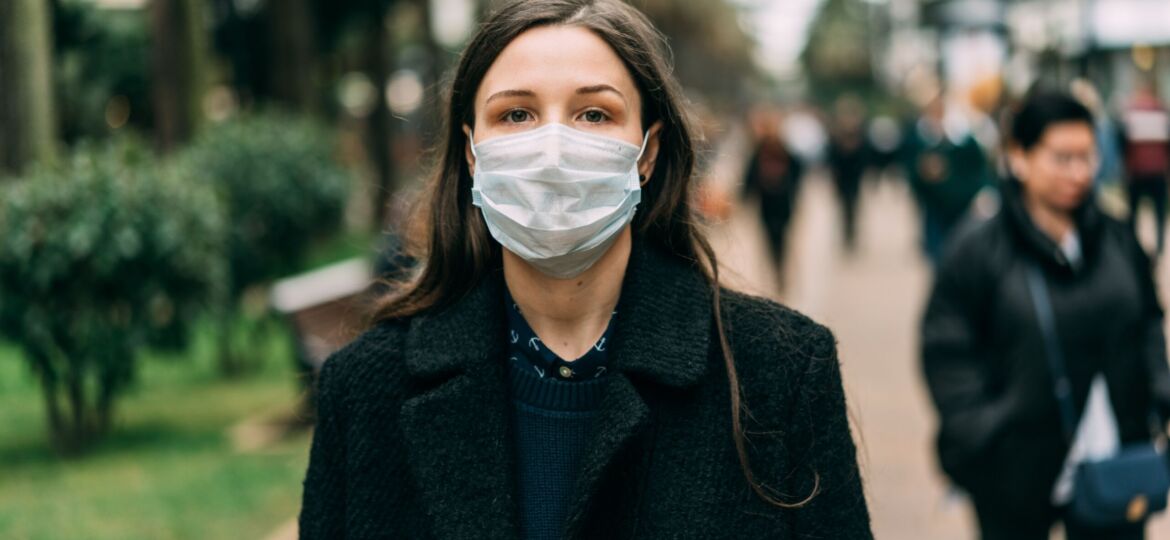
Street Harassment
Is street harassment really that big of a deal? It’s just a compliment, right? You’ve probably heard something along those lines before. Of course, it isn’t just a compliment; that’s why it’s called harassment. It is unwarranted, and it can cause all kinds of problems. Street harassment must stop.
In the book Friends with Benefits: Rethinking Friendship, Dating & Violence, Shahla Khan states that speaking up against street harassment “is about making sure that everyone has the right to enjoy that spring breeze, golden clouds, and chirping without feeling uncomfortable.” Nobody deserves to be harassed.
What is Street Harassment?
According to RAINN (Rape, Abuse, and Incest National Network), street harassment includes “unwanted comments, gestures, or acts directed at someone in a public space without their consent. Though street harassment can happen to anyone — regardless of gender, age, or any other aspect of your identity — it is often directed at individuals because of their actual or perceived gender expression, sexual orientation, race, ethnicity, religion, or disability.”
Street harassment can come in many forms. It may be one comment or hours of stalking and harassment.
Street Harassment Statistics
Stop Street Harassment said, “In 2014, SSH commissioned a 2,000-person national survey in the USA with surveying firm Growth from Knowledge (GfK). The survey found that 65% of all women had experienced street harassment. Among all women, 23% had been sexually touched, 20% had been followed, and 9% had been forced to do something sexual. Among men, 25% had been street harassed (a higher percentage of LGBT-identified men than heterosexual men reported this), and their most common form of harassment was homophobic or transphobic slurs (9%).”
According to a Huffington Post article, “By the age of 12 years old, 1 in 4 women will have experienced street harassment.”
Street Harassment is shockingly common, so why is it not taken more seriously?
Effects of Street Harassment
Among other things, street harassment can:
· Cause anxiety
· Force people to change the way they dress or act to avoid harassment
· Influence people to avoid certain places and therefore miss opportunities and experiences
Experiencing street harassment can take people out of whatever they are doing and force them to turn their attention to their appearance. Sheila Jeffreys discusses this in Beauty and Misogyny: Harmful Cultural Practices in the West.
“Women incorporate the values of the male sexual objectifiers within themselves. Catharine MacKinnon calls this being “thingified” in the head (MacKinnon, 1989). They learn to treat their bodies as objects separate from themselves. Bartky explains how this works: the wolf whistle sexually objectifies a woman from without with the result that, ‘The body which only a moment before I inhabited with such ease now floods my consciousness. I have been made into an object’ (Bartky, 1990, p. 27). She explains that it is not sufficient for a man to look at the woman secretly; he must make her aware of his looking with the whistle. She must ‘be made to know that I am a ‘nice piece of ass’: I must be made to see myself as they see me’ (p. 27).”
What can we do about Street Harassment?
When being harassed, you may want to call a friend or the police and get to a public location. The most important thing is to get yourself to safety. It’s best to trust your gut in these situations.
According to RAINN, “If the street harassment occurs outside of a business or on public transportation, you can report the behavior. If you can guess the employer of the person harassing you, for instance, if they are working on a construction site, you can report the harassment to the company. Some forms of street harassment, such as groping, flashing, and following, are legally recognized, and you can report them to law enforcement.”
Here are some things we can all do to help end street harassment:
· Place blame on perpetrators, not victims
· Help others when you see them being harassed
· Call out your friends if you see them harassing others
· Raise awareness
RAINN also states, “If someone tells you about street harassment they have experienced, the best thing you can do is to listen without judgment and tell them that they did not deserve what happened. You should never reduce their experiences by saying things like ‘this happened to you because you’re so beautiful,’ or ‘maybe you shouldn’t have worn that dress today.’
According to ihollaback.org, “When we intervene, we don’t just reduce trauma for the person being street harassed. We also start to chip away at the culture that allows harassment to be so prevalent. When we see someone fall or drop something in public, we instinctively help out. Why don’t we have the same reaction when we see someone being sexually harassed?”
Learn more about street harassment and other forms of abuse at GoARO.org and from the sources below. Please consider donating to help support ARO’s mission of helping the abused.
Sources:
https://www.rainn.org/articles/street-harassment
https://stopstreetharassment.org/wp-content/uploads/2012/08/National-Study-Report-Executive-Summary.pdf
https://www.ihollaback.org/stand-street-harassment/




